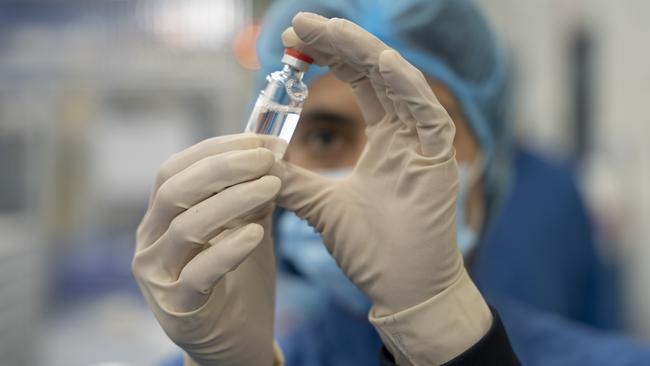
It marks the third and final piece of CSL’s $2bn investment in its home city, which includes a new global headquarters on the city’s northern fringe and a new plasma fractionation facility in the industrial suburb of Broadmeadows.
The construction of Tullamarine, signed off during the Covid-19 pandemic, has so far gone surprisingly smooth, and the mega-factory and warehouse are on track to be fully operational in 2026.
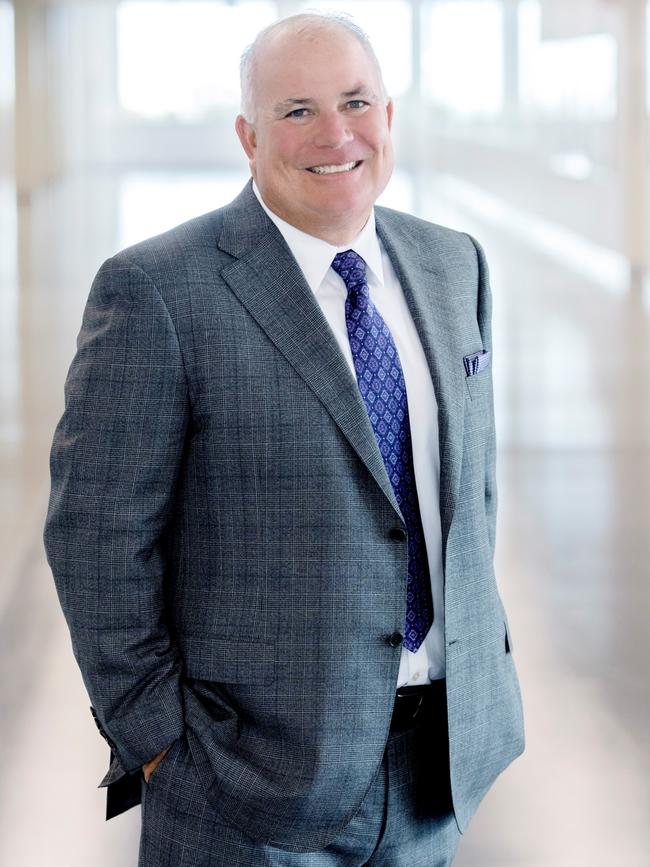
When it is ramped up, Tullamarine will start manufacturing new super-flu vaccine – a cell-based vaccine to follow the flu season, for export around the world. The super vaccine that also promises to boost immunity and dosage, is currently in the phase three testing stage.
The integration of CSL – part manufacturer, part biotech, and part collections of blood in the US, is the thing that sets it apart from a typical big pharma, says McKenzie.
His comments come as big pharma is getting its moment in the sun, largely thanks to the blockbuster weight-loss drugs made by the Wall Steet giant Eli Lilly & Co and a variant of the same drug by Danish giant Novo Nordisk. But for all companies playing in the blockbuster drug space, the clock is ticking.
Hundreds of big-name drug patents are set to expire all at once over the coming years. Eli Lilly’s Ozempic has until the end of the decade in the US, while Novo Nordisk’s version starts running out in Asia two years from now.
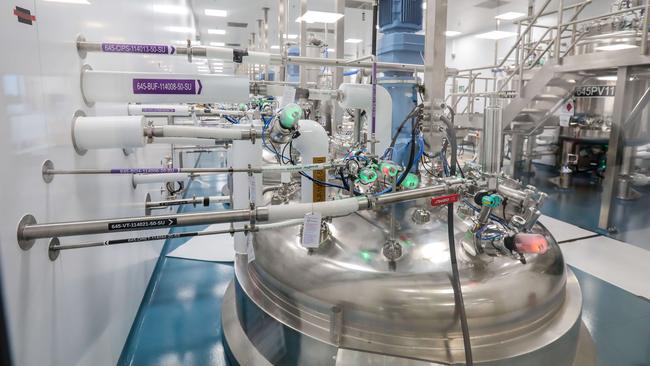
CSL’s full pipeline of unglamorous but life-critical products derived from its own plasma collections represent steep hurdles for anyone looking to break into the same market.
So too is CSL’s hi-tech manufacturing operations which can quickly scale up to battle year-round influenza outbreaks. All this generates the massive cashflow needed which allows CSL to build its drug pipeline.
“We don’t have the IP cliff that other companies have,” McKenzie tells The Australian. “We have those foundational products that allow us to then invest in products that would have a patent lifespan.
“We have a more balanced portfolio overall.”
CSL has maintained a long-term commitment to spending the equivalent of 10 to 12 per cent of its annual revenue on research and development. Last year, that translated to $US1.4bn.
It has some gene-based therapy candidates close to market, pending regulatory approvals, as well next-generation flu drugs in final stages of testing.
It has had its fair share of misses too. In February, it was forced to shelve drug hopeful CSL112 which was designed to prevent repeat heart attacks. The drug failed at the final hurdle and $1bn in development costs went with it.
R&D spending
McKenzie says the investment in R&D is “purposeful” and as well as the big breakthroughs he is looking for the smaller wins too, particularly around its new cell-based tech flu vaccines.
Flu vaccines are all about differentiation, not necessarily IP protection, the CSL boss says.
CSL was recently tapped by European and US authorities to manufacture “bird flu” vaccines to stockpile in case of another H5N1 pandemic
McKenzie was speaking as CSL posted a 15 per cent jump in annual headline profit to $US2.6bn ($3.9bn) to the end of June, as its blood collection and plasma business returned to form. Revenue was up 11 per cent to $US14.8bn and CSL posted a final dividend per share of $US2.64, up 12 per cent.
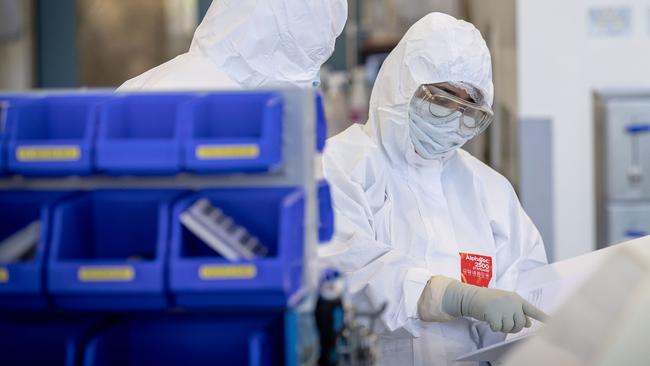
The result was the second annual set of numbers since McKenzie took charge. He has confidence in the outlook, targeting annualised double-digit earnings growth. Bullish forward guidance is becoming increasingly rare in corporate Australia today.
However, the latest numbers weren’t enough to support CSL’s premium-priced shares. They were pummelled more than 4.6 per cent, amid softer-than-expected sales for its newly acquired kidney disease and iron deficiency unit, Vifor. The share price fall took CSL back below $300 a share mark.
CSL paid nearly $19bn for Swiss-based Vifor in late 2022, and there has been some backing away from initial revenue expectations.
Earlier this year, McKenzie warned of pressures in the US where some health plans have been demanding patients try cheaper alternative drugs before stepping up to drugs such as Vifor’s suite of offerings.
Both revenue and profit margins across the business are expected to stabilise in the near term.
At more than $140bn, CSL, is Australia’s third-largest company behind BHP and Commonwealth Bank.
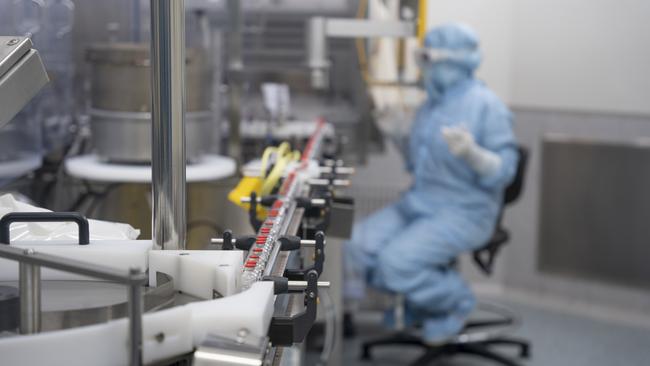
Outside the big diversified miners, it is possibly the most global of the Australian players, with a staggering 93 per cent of its revenue now generated outside of Australia. Today, more than half (53 per cent) comes from the US and nearly a third from Europe.
For CSL’s loyal Australian shareholders that means the franking is terrible at less than 10 per cent. However, the earnings it generates means that last year nearly $1.7bn in dividends was paid – mostly at home.
In addition, a large chunk of the R&D budget is spent in Australia.
McKenzie, an engineer by trade, took charge of CSL last March with an eye to fine tune its manufacturing capability. He uses the term “yielding” to smartly squeeze more from the CSL machine.
This underpins the idea of housing CSL’s three key units in the one city: R&D, the Seqirus influenza manufacturing and the Behring blood products arm.
“We have a very strong partnership between research and development as well as manufacturing operations, and so we’re constantly yielding,” he says.
“That’s the beauty of having multiple company parts here in Melbourne, where we can really leverage moving people between the businesses”.
–
Fast connections
NBN’s interim chief Philip Knox points out the average household today has on average 22 devices connected to home internet.
That ranges from TVs, phones, dog cameras to even kitchen appliances. In two years’ time the number is set to grow to 30 including other smart appliances like air conditioners or home security, and by the end of the decade, around 40 devices will be running off the broadband. Throw in looming AI-powered devices and all this means that demand for data volumes will surge and fast. As technology gets more sophisticated so to the demands for high-speed, low latency connections.
Knox says this is driving the need for continued investment NBN network upgrades “so that the right technology is ready for the industry and for our nation when it is needed”.
For now, Knox has the job of picking up where former boss Stephen Rue left off.
The long-serving NBN boss was hand-picked by Singtel in May to head up and reset its under pressure Optus business here. This puts Rue on the other side the negotiating table when it comes to telco retailers trying to carve out a better deal for the monopoly broadband provider.
Backed by $2.4bn of funding from Canberra, Knox will oversee NBN’s biggest upgrade program since rolling out the network, which will see 90 per cent of its connections reach close to 1 gigabit per second service.

A year ago this was just 62 per cent of its network. At the same time it expects to release its final position paper in coming weeks following talks with retailers on ultra-fast 2 gigabit per second speeds across its network.
That technology, which involves a new connection box, should be available within the next six to 12 months following the release of the paper and pending retailer support.
With more than 8.6 million households and business connections and increasing cashflow, NBN is starting to look more like a maturing infrastructure company.
Revenue over the past 12 months of 5.5bn is growing at 4 per cent. While pre-tax earnings of $3.93bn for the year are up 9 per cent. Still, heavy debt repayments and high capex demands mean NBN is still some way of generating excess cashflow. The broadband operator posted bottom line loss of $1.17bn, largely flat on last year’s loss.
NBN too is moving from a net borrower from the Commonwealth to a net investment. It repaid the last tranche of $19.5bn in borrowings from Canberra, meaning it is now commercially funded by global debt markets, bank borrowings and private placements. However, with borrowings to equity ratio at 87 per cent and a negative net equity position it is still not ready to step away from Canberra’s control.
eric.johnston@news.com.au






CSL boss Paul McKenzie was just sent the occupancy certificate allowing Australia’s own big pharma to start moving equipment and some of its people into its newly built $800m hi-tech “flu” factory near Melbourne Airport.